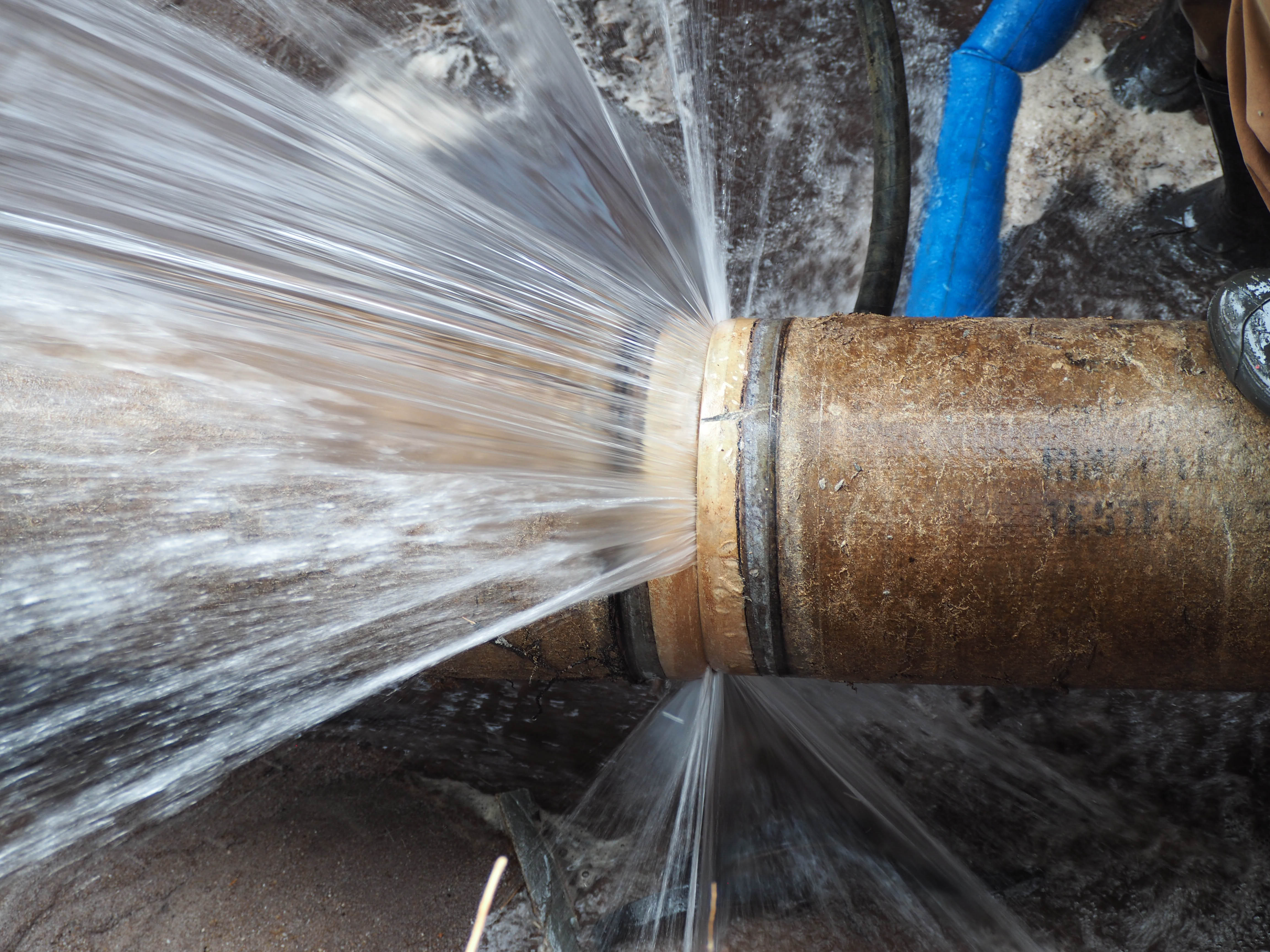Prevent Frozen Plumbing in Winter: Expert Advice
Prevent Frozen Plumbing in Winter: Expert Advice
Blog Article
Are you looking for details around 6 Ways to Prevent Frozen Pipes?

Winter can damage your plumbing, especially by freezing pipes. Right here's how to stop it from happening and what to do if it does.
Intro
As temperature levels decrease, the threat of frozen pipelines increases, potentially bring about costly repair services and water damages. Understanding exactly how to stop icy pipes is important for home owners in cool climates.
Prevention Tips
Protecting prone pipelines
Cover pipelines in insulation sleeves or make use of heat tape to protect them from freezing temperatures. Focus on pipes in unheated or exterior areas of the home.
Heating techniques
Keep indoor areas effectively heated, particularly locations with plumbing. Open cupboard doors to enable warm air to distribute around pipelines under sinks.
Exactly how to determine icy pipes
Try to find decreased water flow from taps, uncommon odors or noises from pipes, and noticeable frost on revealed pipes.
Long-Term Solutions
Structural modifications
Take into consideration rerouting pipes away from exterior walls or unheated areas. Add additional insulation to attics, basements, and crawl spaces.
Upgrading insulation
Purchase top quality insulation for pipes, attic rooms, and walls. Correct insulation assists maintain constant temperatures and lowers the danger of frozen pipelines.
Shielding Exterior Plumbing
Yard hose pipes and exterior faucets
Separate and drain yard hoses before winter. Set up frost-proof faucets or cover exterior taps with shielded caps.
Understanding Frozen Pipes
What triggers pipes to freeze?
Pipes freeze when subjected to temperatures below 32 ° F (0 ° C) for prolonged periods. As water inside the pipes freezes, it expands, putting pressure on the pipe walls and possibly creating them to break.
Threats and problems
Frozen pipes can result in supply of water disruptions, property damage, and costly repair work. Burst pipelines can flooding homes and create comprehensive architectural damage.
Signs of Frozen Pipes
Determining icy pipelines early can avoid them from rupturing.
What to Do If Your Pipelines Freeze
Immediate actions to take
If you think frozen pipes, maintain faucets open to ease pressure as the ice melts. Use a hairdryer or towels soaked in warm water to thaw pipelines slowly.
Final thought
Stopping icy pipelines requires aggressive actions and fast feedbacks. By recognizing the causes, signs, and safety nets, property owners can shield their pipes throughout winter.
5 Ways to Prevent Frozen Pipes
Drain Outdoor Faucets and Disconnect Hoses
First, close the shut-off valve that controls the flow of water in the pipe to your outdoor faucet. Then, head outside to disconnect and drain your hose and open the outdoor faucet to allow the water to completely drain out of the line. Turn off the faucet when done. Finally, head back to the shut-off valve and drain the remaining water inside the pipe into a bucket or container. Additionally, if you have a home irrigation system, you should consider hiring an expert to clear the system of water each year.
Insulate Pipes
One of the best and most cost-effective methods for preventing frozen water pipes is to wrap your pipes with insulation. This is especially important for areas in your home that aren’t exposed to heat, such as an attic. We suggest using foam sleeves, which can typically be found at your local hardware store.
Keep Heat Running at 65
Your pipes are located inside your walls, and the temperature there is much colder than the rest of the house. To prevent your pipes from freezing, The Insurance Information Institute suggests that you keep your home heated to at least 65 degrees, even when traveling. You may want to invest in smart devices that can keep an eye on the temperature in your home while you’re away.
Leave Water Dripping
Moving water — even a small trickle — can prevent ice from forming inside your pipes. When freezing temps are imminent, start a drip of water from all faucets that serve exposed pipes. Leaving a few faucets running will also help relieve pressure inside the pipes and help prevent a rupture if the water inside freezes.
Open Cupboard Doors
Warm your kitchen and bathroom pipes by opening cupboards and vanities. You should also leave your interior doors ajar to help warm air circulate evenly throughout your home.

I hope you liked our topic on How to prepare your home plumbing for winter weather. Thank you for taking the time to browse our short article. Do you know about somebody else who is in to the topic? Do not hesitate to share it. I enjoy your readership.
Get Quote Now Report this page